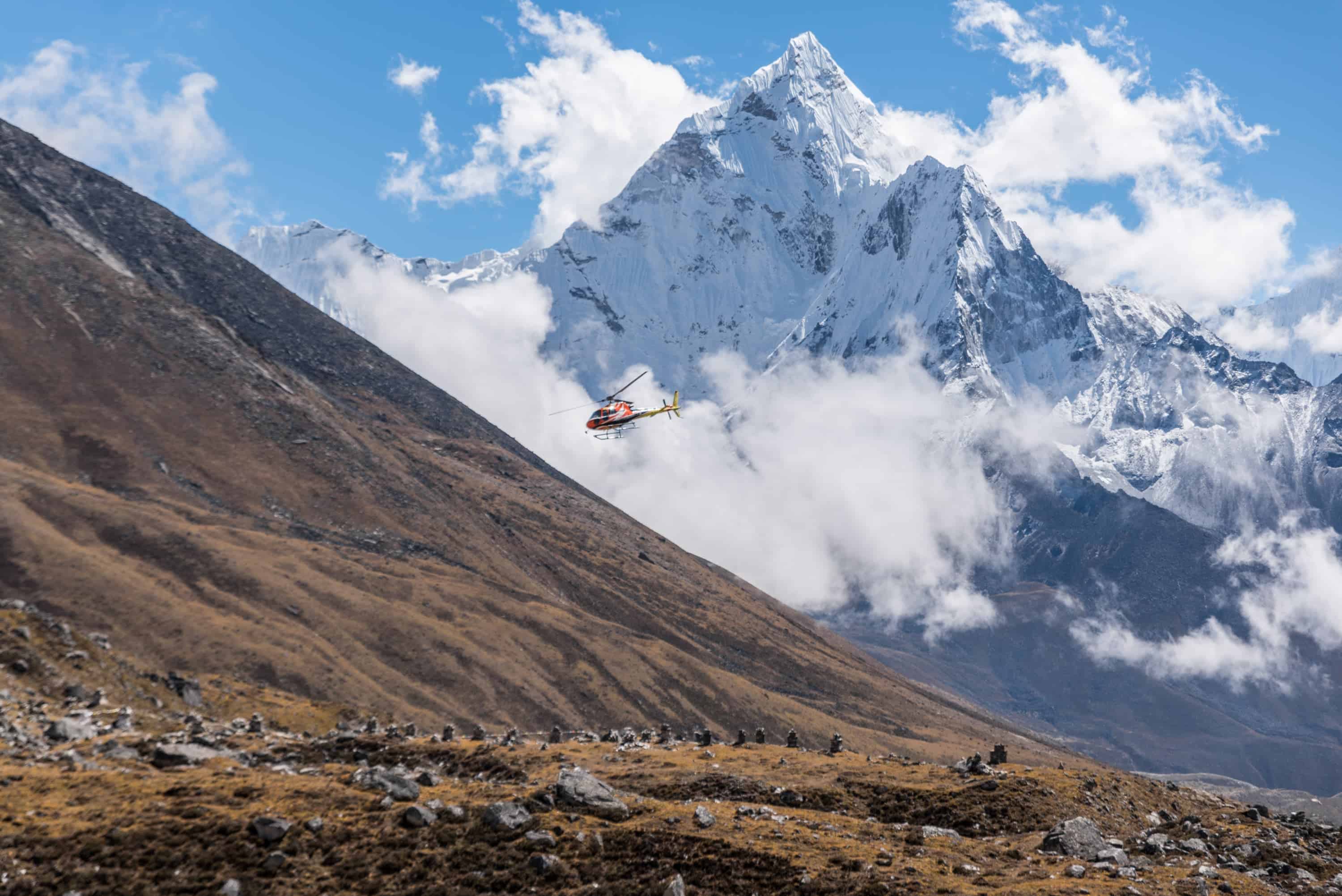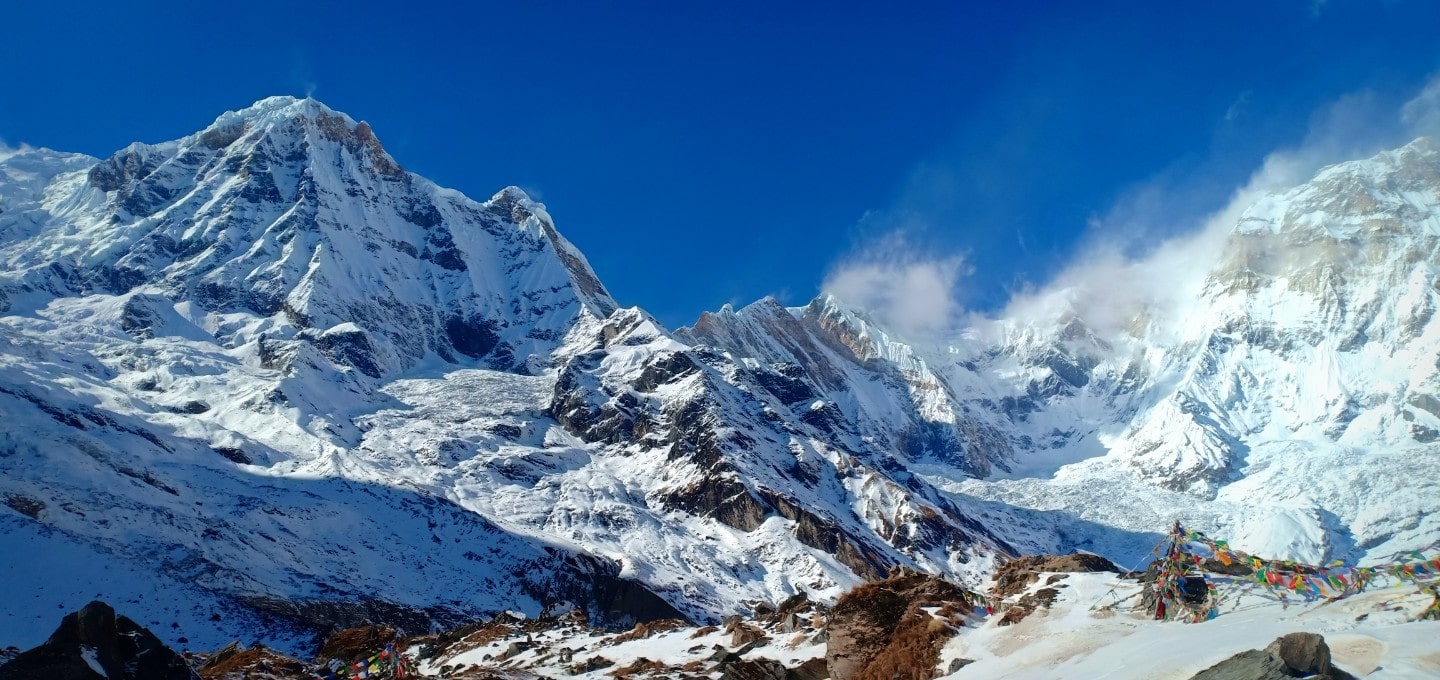3rd Feb, 2023
Annapurna Vs Everest Base Camp
Are you an adventure seeker and nature lover looking for the ultimate trekking experience? Then look no further, as we have the perfect comparison for you - the Annapurna Base Camp Trek vs the Everest Base Camp Trek for 2023/2024. Both these treks offer a unique and challenging experience, but which one is the right choice for you? In this article, we will be delving into the differences and similarities between the Annapurna vs Everest Base Camp and helping you make the decision.
Table of Contents
The Basics
Mount Everest Base Camp Trek is a classic trek that takes you to the base camp of the tallest mountain in the world, Mount Everest, which stands at an impressive 8,889m-29,032 ft. The trek starts in Lukla and takes you through Namche Bazaar, Tengboche, Dingboche, Lobuche, Gorak Shep and Kala Patthar, before finally reaching the Nepal base camp. Approximately 14 days are required for the Everest Base Camp Trek Itinerary, which is considered a moderate/challenging trek.
The Annapurna base camp trekking, on the other hand, is a trek that takes you to the base camp of the Annapurna massif, which includes several peaks over 7,924m-26,000 ft. The trek starts in Nayapul and takes you through Ghandruk, Chomrong, Dovan, and finally to Annapurna Base Camp. From Pokhara to Annapurna Base Camp distance is approximately 42 kilometres (26 miles) and it typically takes several days to trek to Annapurna Base Camp from Pokhara. The exact trip duration of the trek depends on the individual's pace and the trail conditions, but it usually takes 6-7 days to complete the trek. With the arrival in Kathmandu and departure from Kathmandu international airport, this Annapurna base camp trek itinerary lasts approximately 13 days.
Altitude
One of the biggest differences between the two treks is the altitude. The Everest Base Camp Trek 14 Days takes you to a higher altitude, with the Mount Everest base camp height being at 5364m-17,598 ft, while the Annapurna Base Camp is at an altitude of 4130m (13,550 ft). This means that the Everest Base Camp Trek is more challenging in terms of altitude, and requires a good level of fitness and acclimatization.
Scenery
Mt Everest Base Camp Trek or the Annapurna Base Camp Trek offer breathtaking scenery but in different ways. The Everest Base Camp Trek takes you through the Everest region (Khumbu Region), which is home to traditional Sherpa villages, the Khumbu glacier, snow-capped peaks, and the famous Sagarmatha National Park. The Annapurna Base Camp Trek, on the other hand, takes you through lush forests, and terraced fields, and into the heart of the Annapurna Sanctuary, surrounded by towering Annapurna mountains.
Crowds
Another difference between the two treks is the crowds. The Everest Base Camp Trek is a popular trek, with hundreds of people trekking to the base camp every year. As a result, the trek can get quite crowded, especially during peak season. The Annapurna Base Camp Trek, on the other hand, is a little less crowded, with a more relaxed and peaceful atmosphere.
The difficulty of Everest Base Camp Vs Annapurna Base Camp
Everest Base Camp Trek difficulty and the Annapurna Base Camp Trek varies, with the former being considered more challenging. The Everest Base Camp Trek takes you to a higher altitude of 5,364m-17,598 ft, compared to the Annapurna Base Camp height of 4,130m-13,550 ft. This higher altitude, combined with the longer trekking distances and rugged terrain, makes the Everest Base Camp Trek more physically demanding and challenging.
Ultimately, the decision between the Annapurna vs Everest Base Camp depends on your fitness level and desired level of challenge. If you're up for a more demanding trek, with higher altitudes and breathtaking views, then the Everest Base Camp Trek is the trek for you. If you're looking for a more relaxed and peaceful trek, with beautiful scenery and fewer crowds, then the Annapurna Base Camp Trek is the way to go.
Difficulty of acclimatization
One important factor to consider when choosing between the Annapurna Base Camp Trek and the Everest Base Camp Trek is the difficulty of acclimatization. The higher altitude of the Everest Base Camp, at 5,364m-17,598 ft, compared to the Annapurna Base Camp, at 4,130m-13,550 ft, means that the acclimatization process is more challenging on the Everest trek. It is essential to allow for adequate time for acclimatization, as the rapid ascent to high altitudes can result in altitude sickness. Both treks require a good level of fitness and acclimatization, but the Everest Base Camp Trek may require a little more preparation and attention to acclimatization. It is recommended to consult with a medical professional and consider a gradual ascent plan to properly acclimate to the altitude.
Physical preparation and training tips
Physical preparation is a crucial aspect of any high-altitude trek, especially for Annapurna and Everest Base Camp. It is important to train and prepare the body for the rigours of high altitude, including long hours of hiking, steep inclines and declines, and thin air.
A few tips for physical preparation include:
►Building endurance through cardiovascular exercise.
►Strength training for legs, core, and back muscles.
►Practising with a loaded backpack, and gradually increasing altitude exposure through short hikes.
It's also important to give your body adequate time to rest and recover between workouts. Hiring a professional trainer or consulting with a doctor may also be helpful in creating a personalized training plan. By properly preparing your body, you can ensure a successful and safe trek to Annapurna or Everest Base Camp.
Climate and weather conditions
The climate and weather conditions on the Annapurna and Everest Base Camp can greatly impact a trekker's experience. During the trekking and climbing season, which is typically from September to November and March to May, the Annapurna Base Camp weather experiences warm and sunny days with cool nights. On the other hand, the Everest Base Camp weather can have unpredictable conditions, with strong winds, and low temperatures being common during the trekking season. It's important to note that the higher altitude of the Everest Base Camp Trek makes it more susceptible to severe weather changes. Trekkers should be well-prepared for sudden changes in weather conditions, with appropriate clothing, equipment, and acclimatization. A reliable and experienced local guide can also provide valuable information on the current weather conditions and any potential risks, helping trekkers to have a safe and successful trek.
Gear and Equipment
When it comes to tackling the high altitudes of Annapurna Base Camp vs Everest Base Camp, having the right gear and equipment can make all the difference.
Some essential items include:
►Proper footwear with a strong grip.
►Long-sleeved t-shirts, leggings and socks to trap heat.
►Mid-layers include jackets, fleece tops, pullovers and puffy vests
►Quality backpack, a sleeping bag and a pad.
►Hiking pants with zip-off legs and others prefer lightweight cargo pants.
►Water filter or water purification tablets.
►A wide-brimmed hat protects your face in strong winds, and a sun hat provides shade in hot weather.
►Camera to capture the breathtaking scenery.
In addition, it's important to have Hand sanitiser, baby wipes and sunscreen for hygiene purposes, a headlamp, and a high-altitude medicine such as Diamox. It's crucial to prioritize quality over quantity and invest in reliable gear to ensure a safe and successful trekking experience. Make sure to also research and understand the local weather conditions and pack accordingly. With the right gear and equipment, you can tackle the challenging terrains of Annapurna and Everest Base Camp with confidence.
Cost of the Annapurna Vs Everest Base Camp 2023/2024
Trek to Everest base camp cost and the Annapurna Base Camp Trek cost vary, depending on various factors such as the length of the trek, the level of comfort and services desired, and the time of year.
The cost of the Everest Base Camp Package tends to be higher, due to the longer trekking distances, higher altitude, and the need for more specialized equipment and support. On average, a basic trek to the Everest Base Camp can cost anywhere from $ 1,200 to $1,500, while a more luxurious trek with extra services and amenities can cost upwards of $2,500.
The cost of the Annapurna base camp trek package is generally less expensive, with basic treks starting at around $9,00 to $1,099 and more luxurious treks costing up to $1,500.
Both treks typically include the cost of transportation, accommodations, Himalayan food, and necessary permits and fees. However, it's important to note that these costs can vary greatly depending on the specific trekking company and package chosen.
Ultimately, it's important to do your research and compare the different trekking trail options available, to find the best trek that fits your budget and travel style.
Best time of year to go to Annapurna and Everest Base Camp
The best time to trek to both Annapurna and Everest Base Camp is during the spring (March to May) and autumn (September to November) seasons. These seasons offer clear skies, moderate temperatures and stunning views of the surrounding mountain ranges. The monsoon season (June to August) brings heavy rainfall which can cause difficulty in the trails and potential landslides. Winter months (December to February) bring extremely cold temperatures and snowfall making the trek much more challenging. Planning your trek during the spring or autumn season will not only enhance your trekking experience but will also increase your chances of reaching the summit successfully.
Check out these maps to see and understand the ebc route easily: Everest Base Camp Trek Map and Annapurna Base Camp Trek Map
Conclusion
In conclusion, both the Annapurna Base Camp Vs Everest Base Camp offer unique and challenging experiences, and the decision between the two ultimately comes down to personal preference and fitness level. If you're looking for a more challenging trek, with higher altitudes and breathtaking views, then the EBC with Island Peak Climbing in Nepal is the one for you. If you're looking for a short trek, with beautiful scenery and fewer crowds, then the Gohorepani Poon Hill is for you.
Recent From Annapurna Vs Everest Base Camp
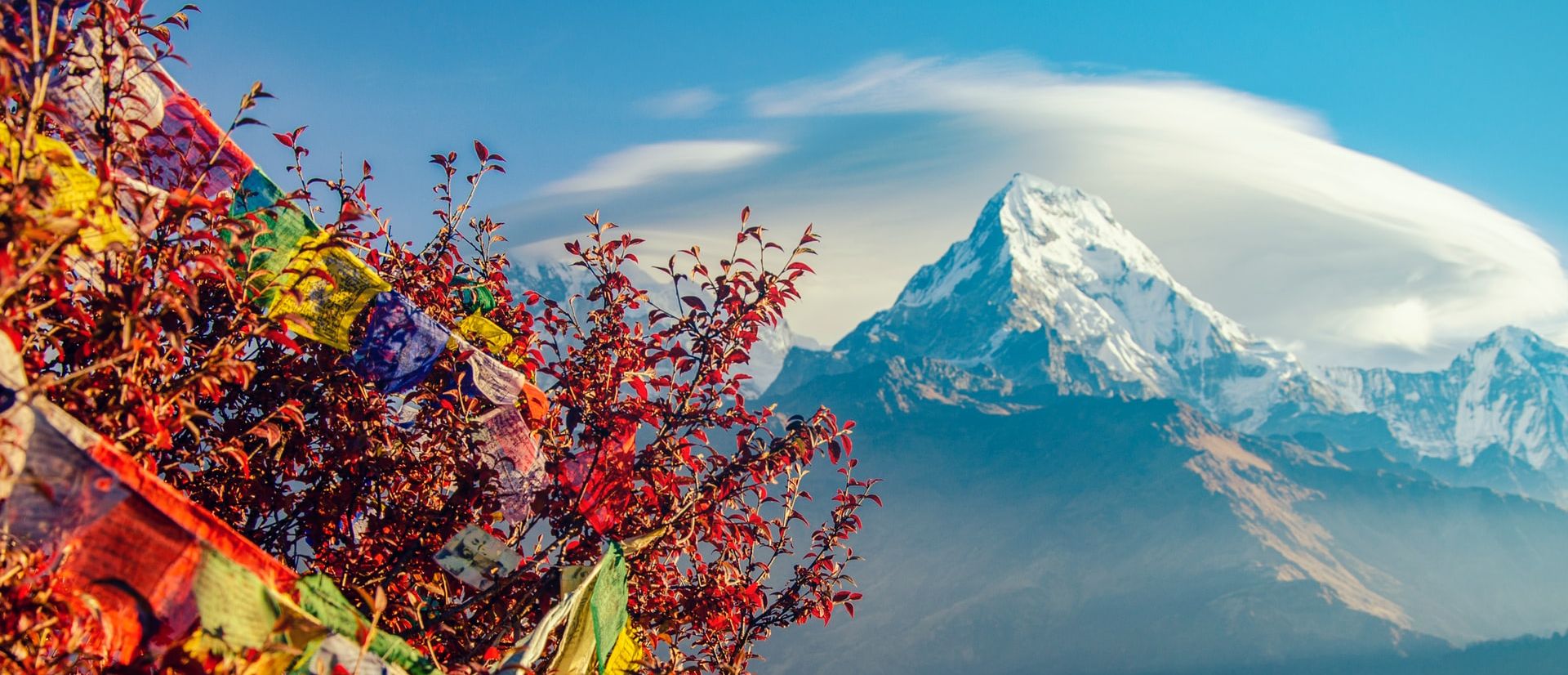
Jun 27, 2022
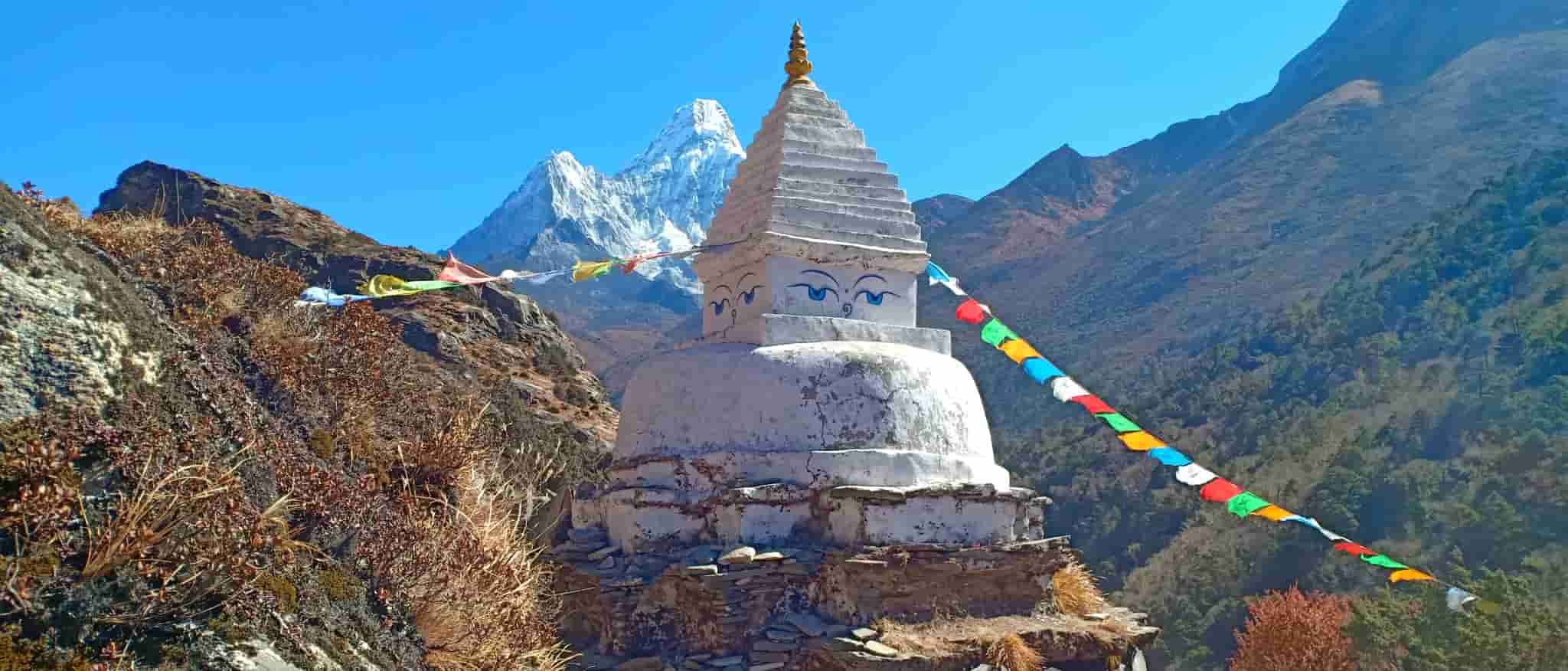
Jun 27, 2022

Jul 19, 2022
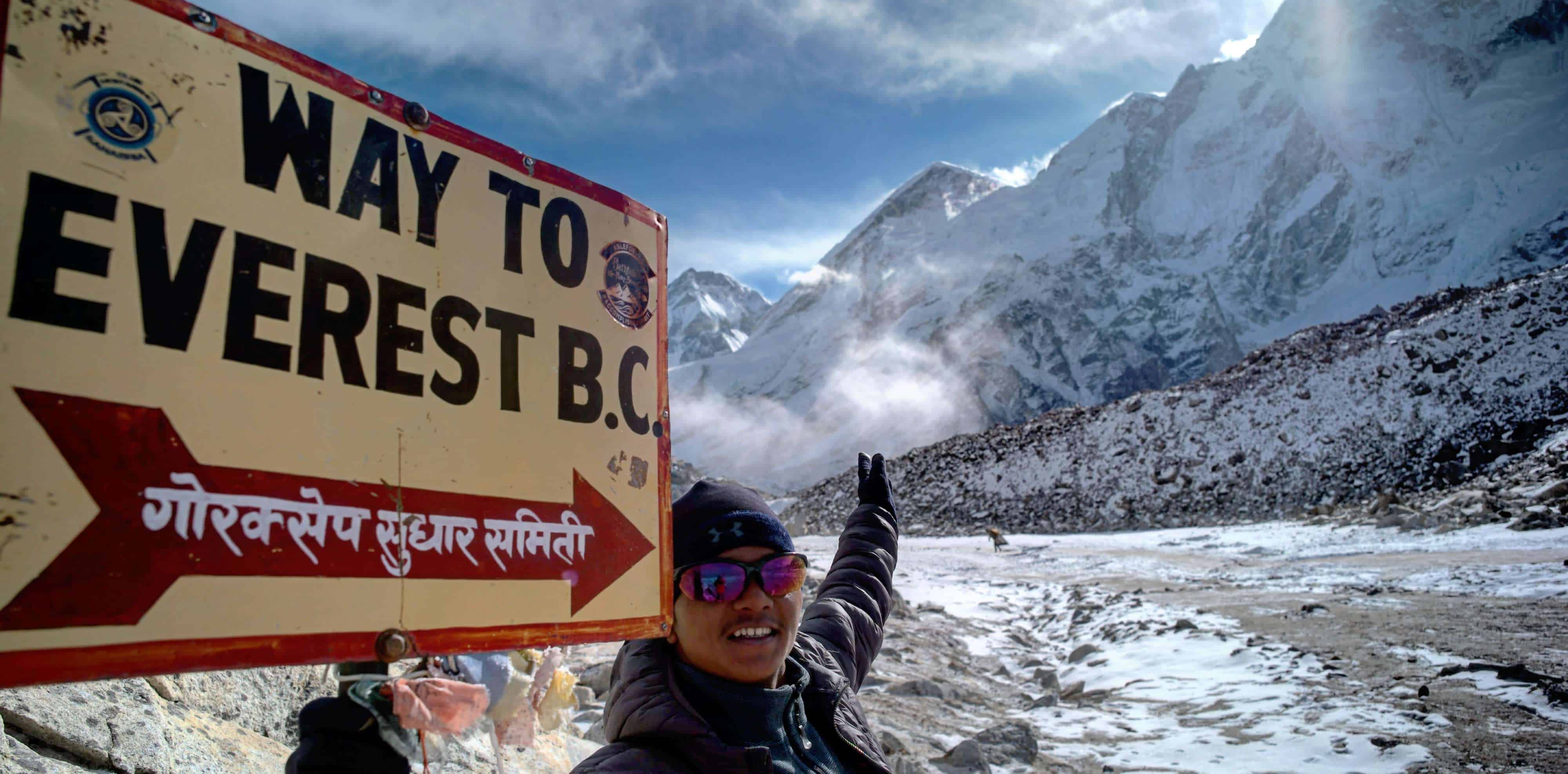
Sep 20, 2022
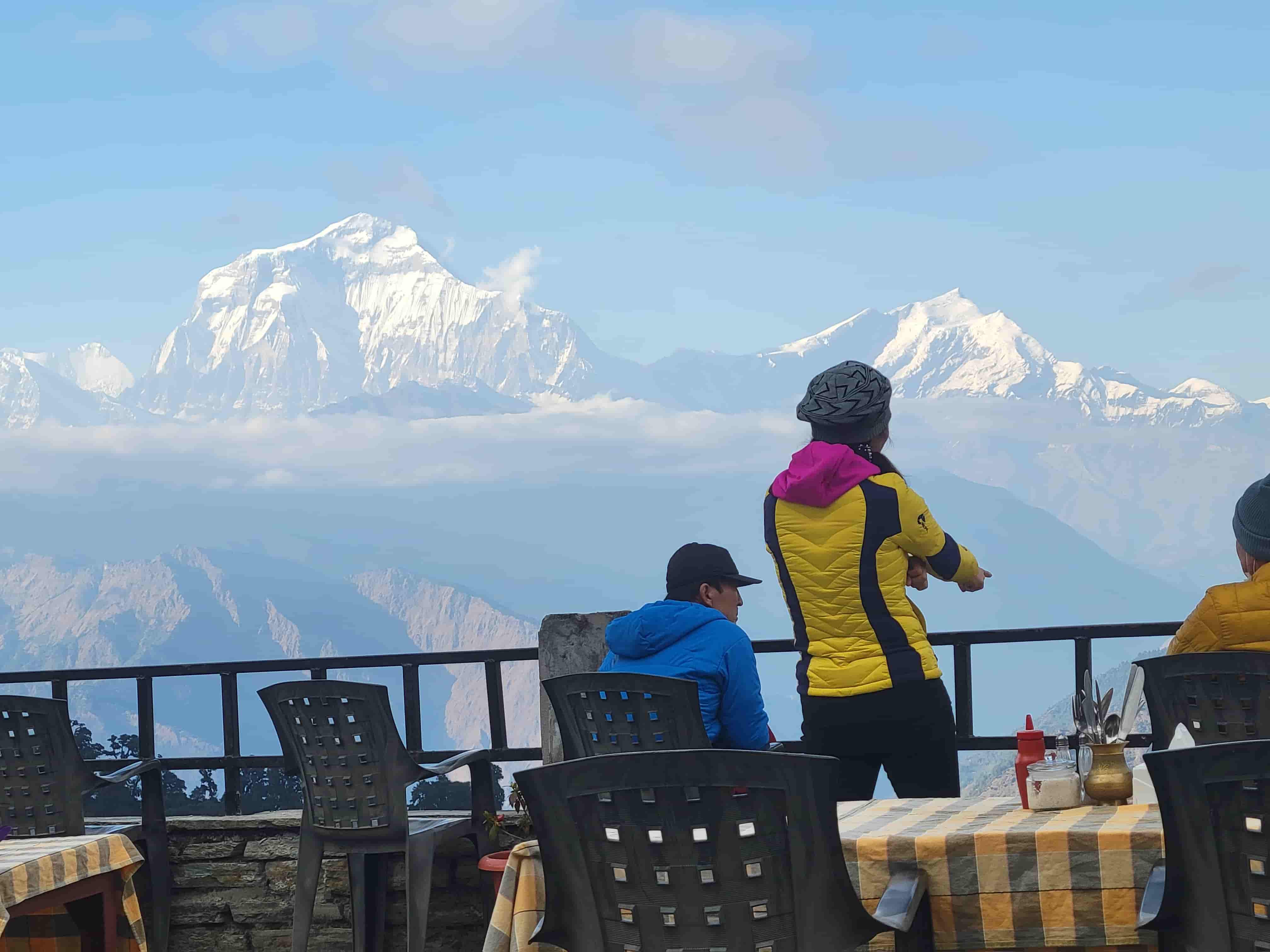
Jan 03, 2023
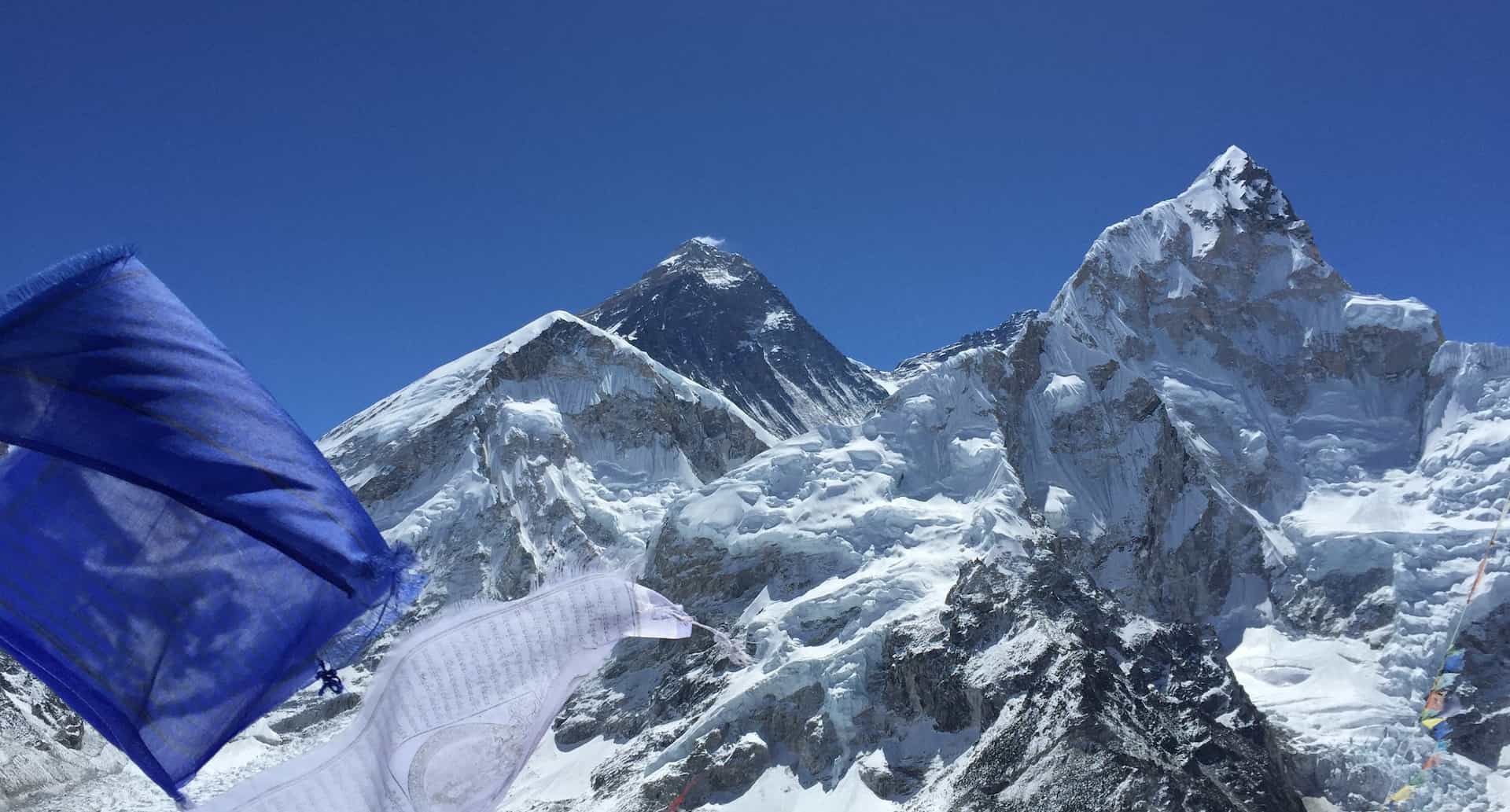
Feb 17, 2023
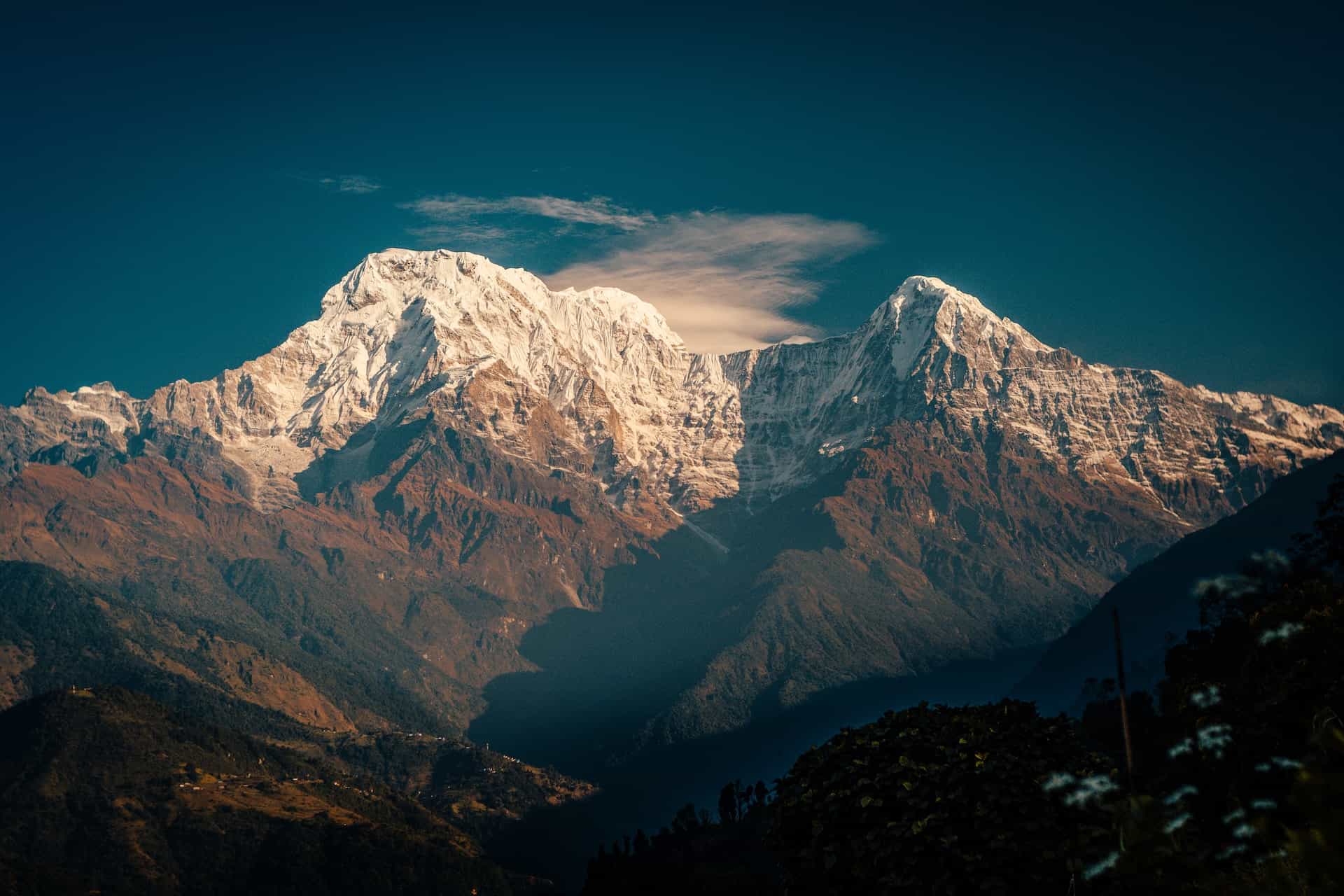
Feb 23, 2023
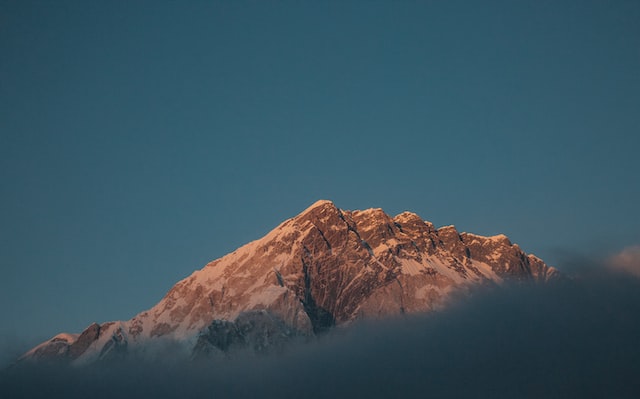
Mar 03, 2023
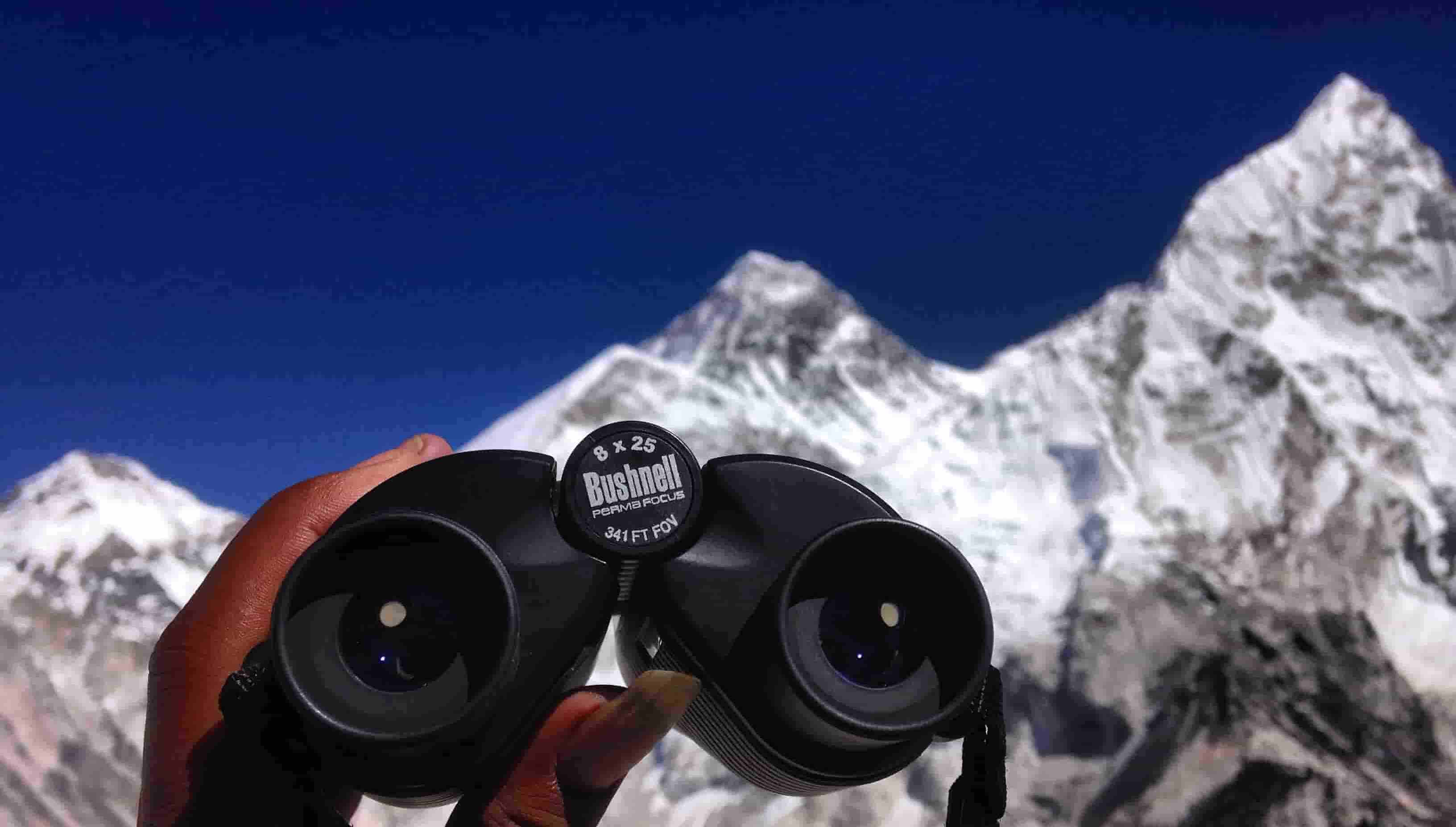
Mar 14, 2023
Mar 20, 2023
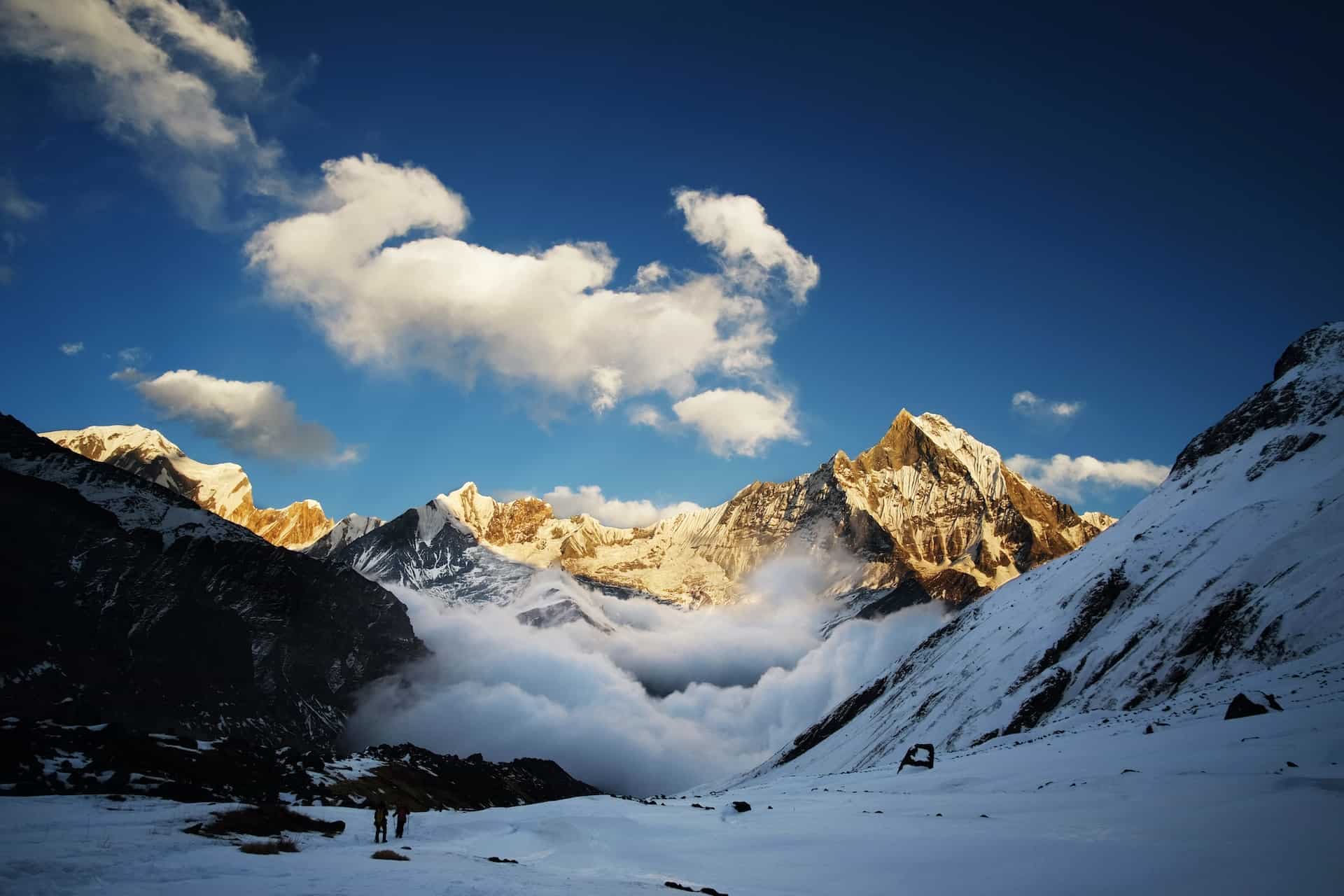
Mar 28, 2023
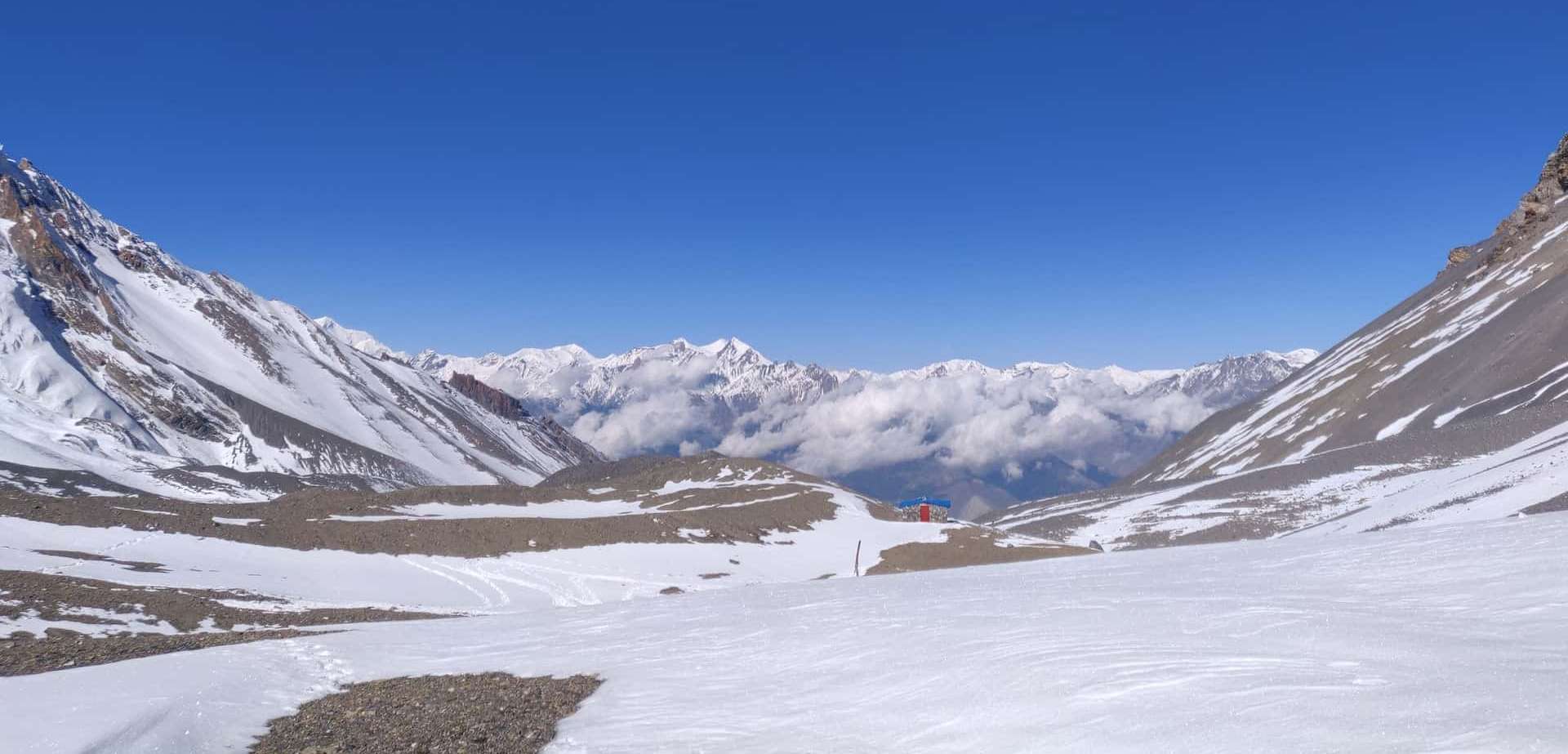
Apr 06, 2023
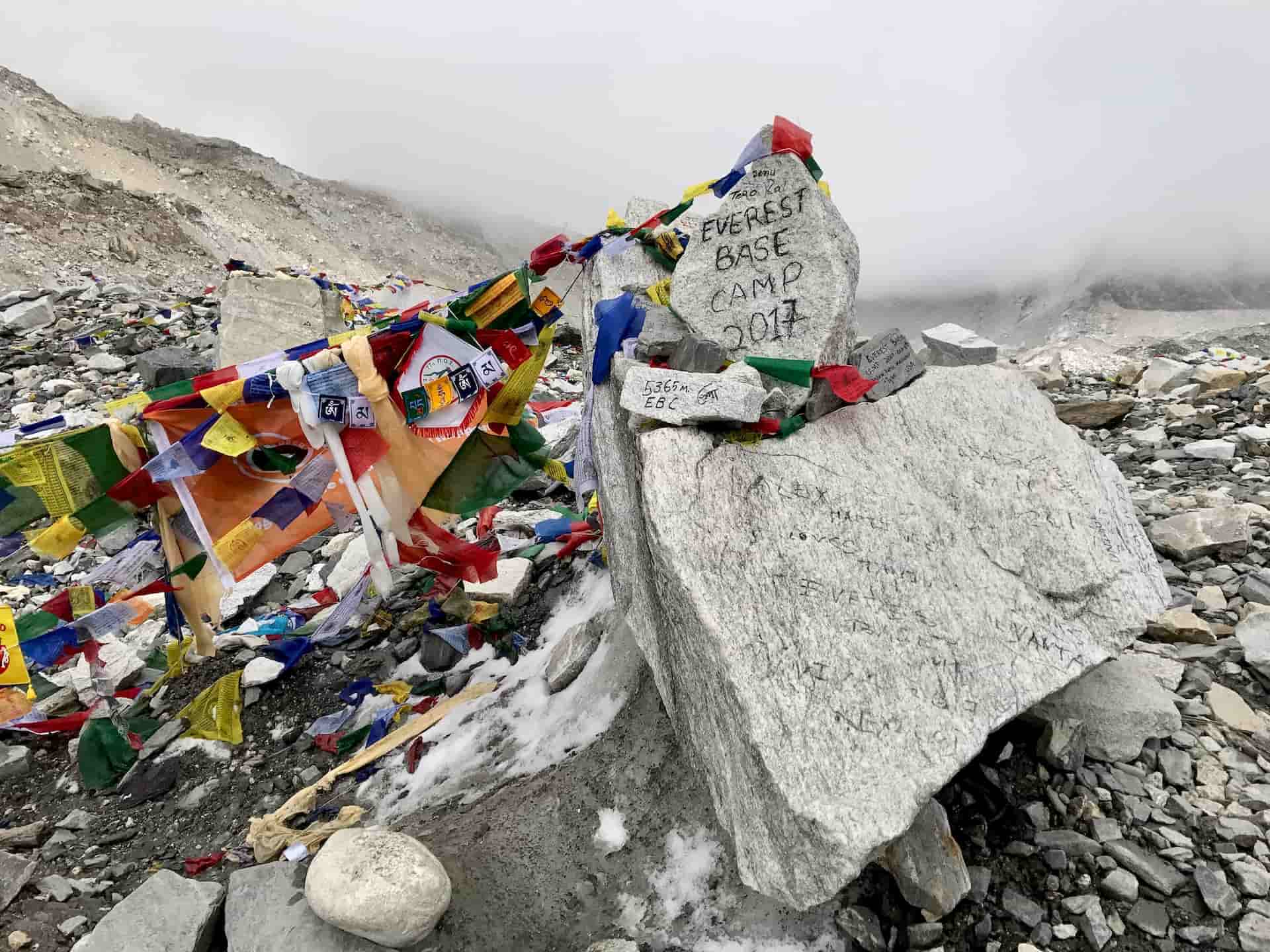
Jul 31, 2023
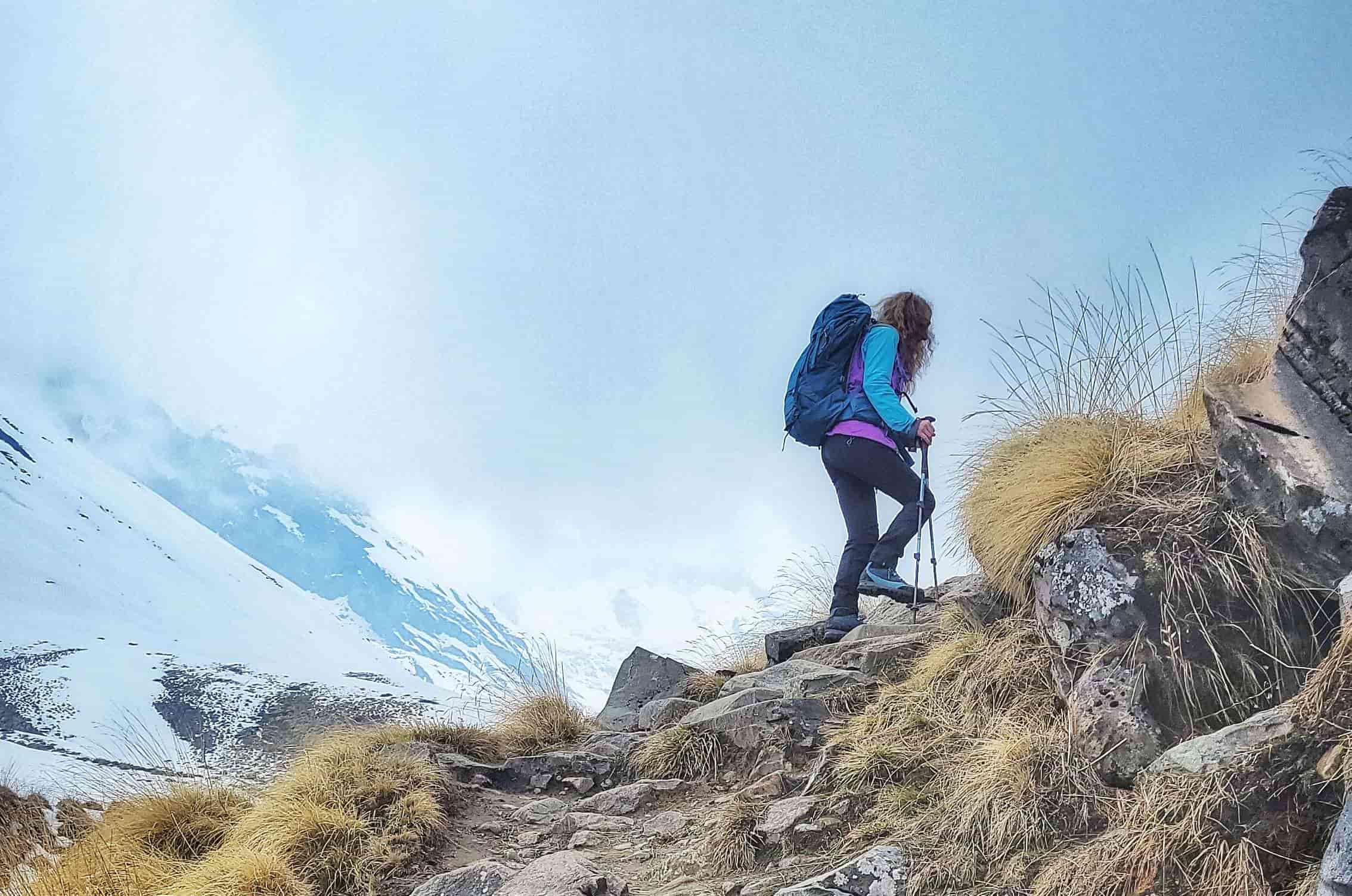
Aug 28, 2023

